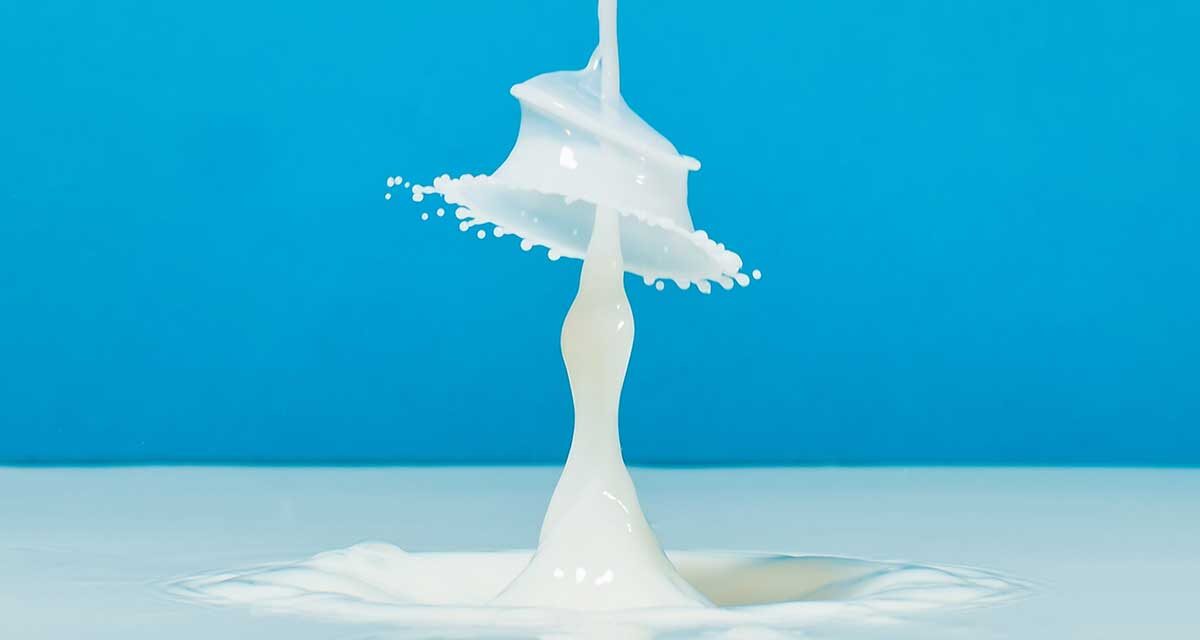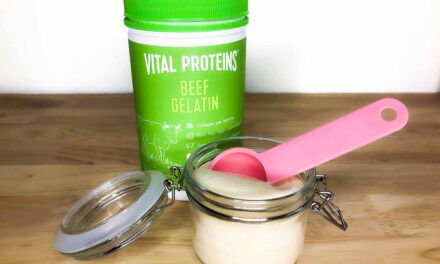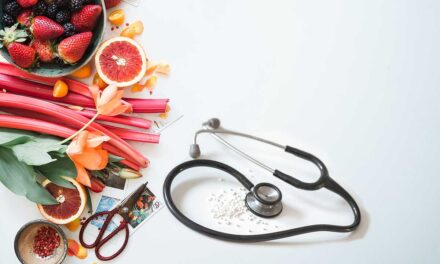IS DAIRY MAKING YOU SICK?

After being diagnosed with an autoimmune disease my doctor said, “No More Dairy”. I listened to her and eliminated dairy because at this point I would do anything just to feel better and have more energy.
At the time, I didn’t know I had any issues with dairy. But when I did cut it out, I noticed a change in my digestive system right away. Dairy was doing a number on my system. But why?
The answer is Inflammation!
Existing Inflammation
In most studies I came across, they mentioned dairy had no effect or inflammatory markers on individuals who were healthy and at a healthy weight.
Although if the individual was overweight or obese, inflammation markers were highly triggered. Other studies included those with cardiovascular disease, type 2 diabetes, autoimmune diseases, and cancer, to be affected by dairy as well.
Inflammatory Markers
Most chronic inflammatory diseases (like the ones mentioned above) are strongly influenced by our choices in nutrition. These diseases lead to excessive accumulation of white adipose tissue (this is where we store all of our fat), systemic inflammation, and high production of T cells (these little guys are the cells that are part of our immune response).
Having a chronic inflammatory disease, what we put into our systems will cause a reaction and then a production of those T cells. T cells which cruise through the body looking for specific targets, attack our own cell proteins rather than those from pathogens and therefore causing more inflammation. As you can see, this is a vicious cycle for us.
Connection Between Dairy and Inflammation
Lactose, Casein, and Whey make up Dairy. Lactose is the sugar found in milk, casein is one of the proteins found in dairy and whey is the other ‘well-known’ protein used in a lot of protein drinks.
It’s very common for people who have a gluten sensitivity to have reactions to casein because this protein is similar to gluten on a molecular level. Whey, although it is not as similar to gluten as casein is, it still can elicit an inflammatory response in certain individuals. And Lactose might just be causing inflammation due to its sugar properties.
Hormones Found In Dairy
Another issue that can cause a reaction in your body is, the antibiotics and hormones found in most dairy.
Cows are injected with Bovine Growth Hormone to increase their production of milk and the cows develop infections and are given antibiotics to treat these infections. And guess what? You are absorbing hormones and antibiotics into your system as well when you do consume dairy products.
By the way… Did you know, these hormones have been banned in Europe and are still approved in the US!? Ugh.
Our Bodies Are Already Sensitive To Inflammation
So, to wrap this up… Dairy is known to be inflammatory to those with underlining issues. And those T cells, will see Lactose, Casein, and Whey as invaders and will attack your own body.
By cutting dairy out of your diet, you aren’t triggering those inflammation markers and your body is able to relax a little more, by not having those flare-ups.
If you are healthy (and aren’t lactose intolerant), you are definitely lucky… haha. But the rest of us our systems are already sensitive and inflamed, so giving up dairy unfortunately might be something to consider.
DO YOU LOVE BUTTER… MAYBE YOU CAN STILL HAVE IT EVEN THOUGH YOU ARE DAIRY SENSITIVE:
Butter Me Up: The Truth About Butter

I’ve been dairy-free for over a year now… check out some of my Dairy-Free Recipes! They might just convert you to being Dairy-Free as well.
Sources:
Daniel L. Swagerty, Jr., et al. “Lactose Intolerance.” American Family Physician, 1 May 2002, www.aafp.org/afp/2002/0501/p1845.html.
Deng, Yanyong, et al. “Lactose Intolerance in Adults: Biological Mechanism and Dietary Management.” MDPI, Multidisciplinary Digital Publishing Institute, 18 Sept. 2015, www.mdpi.com/2072-6643/7/9/5380/htm.
Manzel, Arndt, et al. “Role of ‘Western Diet’ in Inflammatory Autoimmune Diseases.” Current Allergy and Asthma Reports, U.S. National Library of Medicine, Jan. 2014, www.ncbi.nlm.nih.gov/pmc/articles/PMC4034518/.







